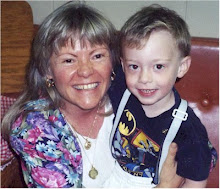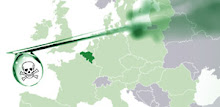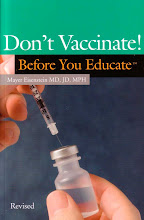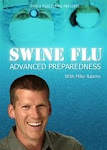 It has now been more than a week since samples from Ukraine were sent to the WHO regional lab, Mill Hill in London. Although comments have been made that at least 15 samples were H1N1 confirmed, and the sequences showed no large changes or resistance to oseltamivir, there have been no updates. The absence of additional information or release of sequences, increases concerns that small changes undergoing further analysis are causing delays.
It has now been more than a week since samples from Ukraine were sent to the WHO regional lab, Mill Hill in London. Although comments have been made that at least 15 samples were H1N1 confirmed, and the sequences showed no large changes or resistance to oseltamivir, there have been no updates. The absence of additional information or release of sequences, increases concerns that small changes undergoing further analysis are causing delays.In the days post shipment, cases in Ukraine have quadrupled to over 1 million and the reported fatalities have grown from 30 to 174. The clinical presentation of 90 of the fatalities was classical H1N1 linked hemorrhagic pneumonia, which led to the "total destruction" of both lungs. These fatal cases were hospitalized 3-7 days after disease onset, highlighting the rapid progression of the infection in a large number of patients, suggesting genetic changes in the H1N1 virus.
Although politicians and media reports continue to downplay the significance by citing a small number of lab confirmed cases or more traditional pneumonia deaths, the number of fatal hemorrhagic cases was unusually large. These deaths involve hemorrhagic pneumonia in previously health young adults. Most deaths were 19-40 years of age. The age group with the second highest totals was 41-55. Thus, the age profile of these cases parallels those seen in other countries in H1N1 infected patients.
Isolates from other countries, including recent isolates from samples from fatal cases In Sau Paula, Brazil had changes at position 225 in the receptor binding domain (D225G and D225N). These recent changes in Brazil raise concerns that there are similar changes in Ukraine....













.bmp)
No comments:
Post a Comment